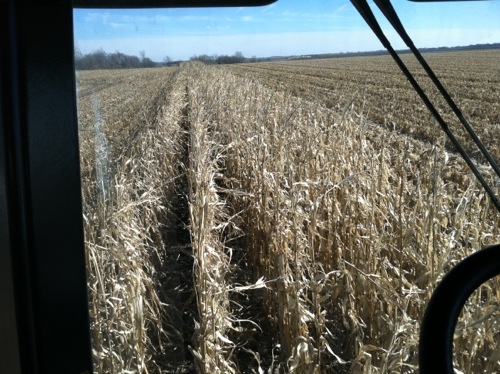I was reading an article in a farming journal the other day and the editorial photo was of a guy wearing a hat that said, “soil is meant to be covered”. I thought to myself how true this statement is as I looked outside my windows to see the fields around me. It suddenly dawned on me that this statement is a no-brainer. Why do we keep our soils black during the winter? We no-till and conservation till, but still, we should find better ways to protect the soil and the health of the soil.
The guy wearing this hat happened to be a soil quality specialist from Ohio State University. He claims that for each 1% of soil organic matter there are 1,000 pounds of nitrogen, 100 pounds of phosphorus and 100 pounds of potash in the top 6 inches of soil. In a healthy soil with 4-5% organic matter, those nutrients could be worth more than $3,000 per acre at today’s going fertilizer rate.
If we look at our soil like it is a living ecosystem, we could actually reduce the amount of fertilizer that we apply on our fields. What is underground is a plethora of microbial activity that have the potential to help farmers save some money.
So, I’m interested in keeping our soils covered in hopes of increasing the health of our soils and will continue to look into integrating cover crops into our operation.
